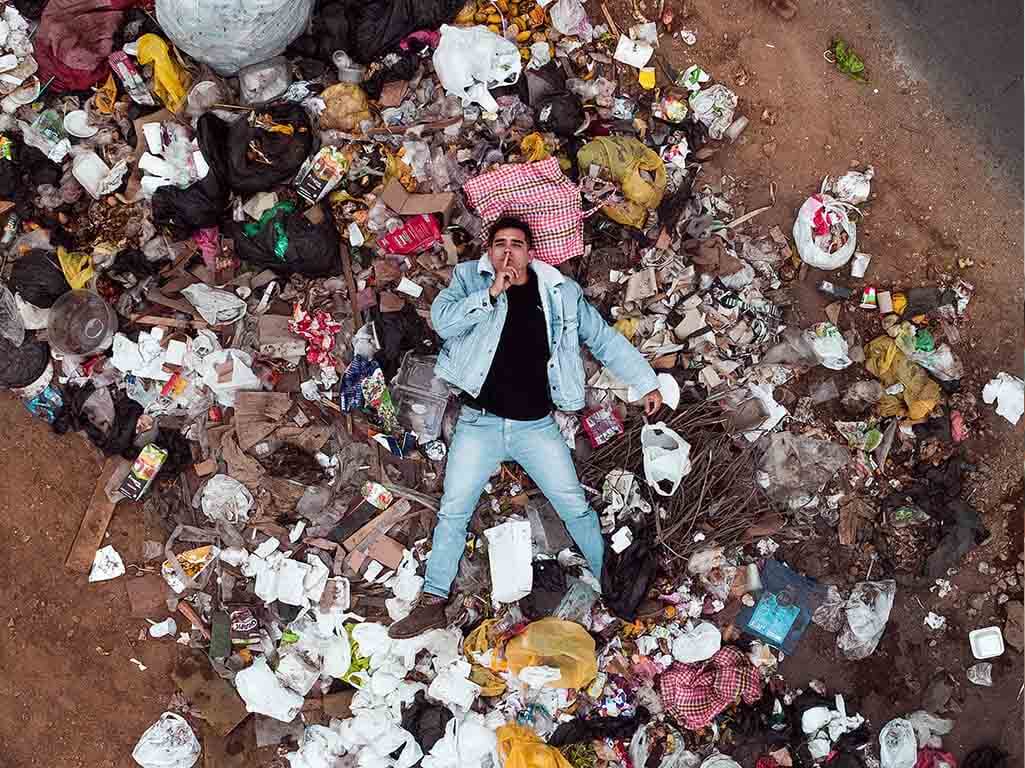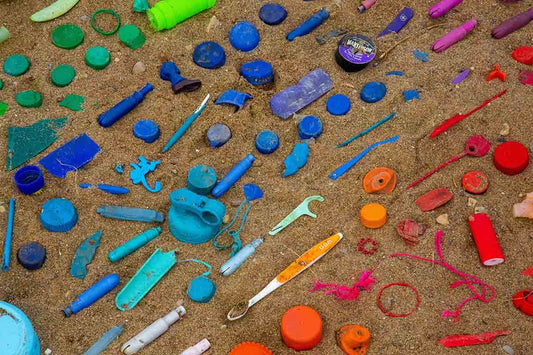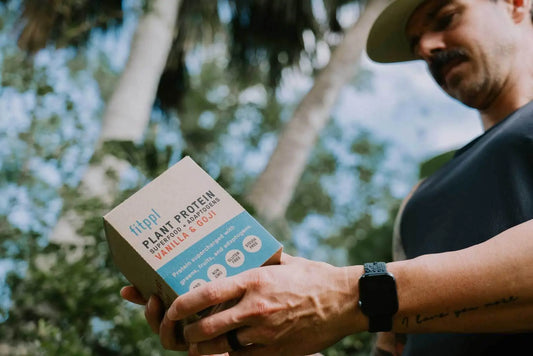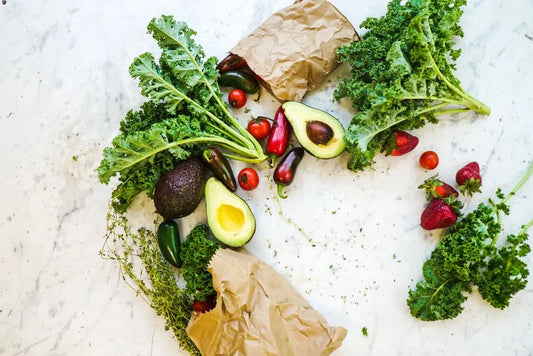How Recycling Can Be Bad For The Environment

Wait…what…how? It’s everywhere, this push to “go green,” to be eco-friendly, to RRR (reduce, reuse, recycle.) We as a society have made major changes in the last few years to conform to this idea, and before you misunderstand – we like recycling. We like it a lot. (Please read carefully; and if you get triggered, don't send us angry emails or messages, we're busy cleaning up the trash mentioned in this blog) But, like everything, you can’t go into it blind. There are facts we need to be aware of, things we need to know. Recycling that doesn’t get recycled is just called trash, and it goes right into the landfill just like anything else. Here’s how to not let that happen. There are cracks in our recycling initiatives. The problem is that they are one-sided
“Hey! It doesn’t matter if you purchase too much and are wasteful with your consumption? Just recycle and it’ll all even out!”Unfortunately, recycling isn’t a one-stop-shop to wash away your sins. It doesn’t disqualify that waste is still… waste. What recycling programs should be teaching us is how to reduce consumption across the board instead of encouraging us to minimize our negative impact in a vicious cycle. On the surface, it’s still a good idea to both: recycle waste and design products and packaging with the intention to have them recycled. That’s what we call a “closed loop.” But like everything in life, it’s a little more complicated in practice than in theory. In its modern-day incarnation, recycling has unintentionally thrown a hail mary to large corporations. Think about it: if you’re shopping for say, disposable razors, won’t you be more inclined to purchase the product that calls itself “Eco-Friendly” or that uses “Recycled materials”? Probably, because then it minimizes your guilt. And we absolutely love minimizing our guilt.
So essentially, recycling gives manufacturers an ‘out,’ they can use environmental consciousness as a marketing technique and boom! - sales go through the roof. Everybody wins, except the planet. Whoops.Year after year, reports come out that brag about rising recycling rates, but neglect to mention the soaring consumption levels that go along with them. American consumers happily assuage any guilt about mass consumption of unnecessary, disposable, over-packaged goods by chalking it up to the magic word: recycle. This is the inconvenient truth: plastic can never truly be recycled. GASP. The more accurate (and honest) way to phrase this is that plastic can be downcycled. What does that mean!?
Downcycling is the process of converting waste materials or useless products into new materials or products of lesser quality, therefore reduced functionality. AKA, just like a Full House reunion – you can try, but it’ll never be as good as it once was.Need an example? Take a clear water bottle. It’s made of polyethylene terephthalate, which we obviously expect you to be able to pronounce correctly the first time. This water bottle can indeed be recycled, but it won’t come back as a water bottle. It will be downcycled into a fabric such as fleece, or carpet. Think of it like a Dasani reincarnation. The Environmental Protection Agency tells us that of plastic bags are ever recycled in the U.S. But in actuality, that number is even lower… more like 7 percent. Under one percent of polystyrene containers (think yogurt cups) are recycled, and even well-established recyclables like a soft-drink container end up in the trash more than sixty percent of the time. Emissions are another sticky subject. Some materials – newspaper, cardboard, lumber – the greenhouse gas emissions are actually greater than they would be if the waste was just reduced. Wait… so the act of recycling can harm the environment? In some cases, yes.
At the end of the day, recycling is a complicated issue. There are many complexities, there are many angles, there are many schools of thought. It is being sold to us as this neat, clean, zero-sum bundle – but it is anything but.Recycling can hurt the environment mostly because of the mindset it gives us. The idea that our irresponsible consumption will be expunged if we just recycle. But, like anything, it’s a process. When you recycle an item, it just doesn’t disappear. For about 30 years we sent a large portion of our recycling to China. On January 1st, 2018 China's Green Fence Policy went into effect, which has caused mountains of US recycling to pile up. This Vox article explains the crisis at hand:
Where do we go from here? Be cognizant. The more aware we are about the issues that surround recycling, the more educated our choices will become. Is it a little more work? Is it slightly uncomfortable? Yes. It is. But in this case, ignorance isn’t bliss. It’s turning a blind eye to our planet and hoping that someone else will pick up the slack. If we all do that… we will all soon be presented with a problem that cannot be ignored. These are the unfortunate truths of the current recycling system. Again, if this blog triggered you to the point of wanting to send us an angry message, don't bother. We love having productive dialogue and discussions but a few bad apples have ruined that, so please don't contact us about this blog. Instead, put your energy into Trying to reduce. Trying to reuse. And then finally, recycle."For all the campaigns encouraging people to recycle more, few lay out exactly what happens to our recyclables once they go into the blue bin. Rather than our milk jugs magically reincarnating into toys on their own, for nearly three decades American recyclables were shipped cheaply to China, where they could be sold and given new shape.
That worked well enough, until China started cracking down. With dirty waste continuing to appear in imported recyclables, the rising cost of labor, and an abundance of the country’s own potentially recyclable waste, China no longer had the same financial and environmental incentives to accept the world’s waste."
Subscribe Us
Subscribe to our newsletter and receive a selection of cool articles every weeks









